Workout Equipment for Elders.
Exercise plays a crucial role at every age, but for seniors, it becomes even more essential. Why? Well, think about it: our bodies tend to slow down as we age. Staying active can enhance quality of life by improving mobility, reducing pain from conditions like arthritis, and even preventing some age-related diseases. Incorporating regular physical activity into your routine is a key component in maintaining health and independence in later years.
However, older adults face specific health challenges that exercise can effectively address. For instance, regular physical activity can help manage blood pressure, maintain healthy bones, and reduce the risk of chronic diseases. Moreover, the mental health benefits are impressive too, with exercise being a proven morale booster, combating depression and anxiety.
Safety should always be a priority, especially when it comes to exercise for seniors. This is where the right equipment comes into play. It’s not about lifting the heaviest weights or running the fastest; it’s about finding apparatus that support and protect the body while providing an effective workout.
So, what should older people look for in exercise equipment? It generally boils down to gear that helps maintain mobility, enhances stability, and promotes flexibility. But it’s not a one-size-fits-all situation. The goal here is to identify equipment that matches individual needs and fitness levels.
Now, having set the stage for the importance of tailored exercise regimens, let’s shift our attention to specific pieces of equipment. In the next section, I’ll introduce you to the top exercise equipment that can bolster senior fitness without compromising on safety or enjoyment.
Top Exercise Equipment for Enhancing Senior Fitness
When I look for equipment to stay fit as I age, safety and effectiveness top my list of priorities. Recumbent stationary bikes stand out for good reason. They’re excellent for pumping up the heart rate without putting stress on joints. The back support and comfortable seating make them a favorite among my peers.
Next, I often recommend resistance bands. These nifty tools are perfect for a full-body workout that’s as challenging as you need it to be. They’re especially good for strength training, which is vital to maintain muscle mass and bone density in later years.
Ellipticals are another safe bet for a heart-healthy workout that goes easy on the knees, hips, and back. Unlike traditional treadmills, these machines offer smooth motion that mimics walking or jogging without unwanted impact.
Adjustable dumbbells have been a game-changer in strength training without having to stock a full rack. You can adjust the weight to match your current ability, making them a smart choice for progressively challenging your muscles.
And let’s not forget about stability equipment. Balance boards or wobble cushions might seem simple, but they’re incredibly effective at improving balance and coordination, thus helping to prevent falls, which are a major concern for us seniors.
Smart Accessories and Tech Tools for Elderly Workout Enthusiasts
Today, technology is seamlessly integrated into nearly every facet of our lives, and exercise for seniors is no exception. Smart accessories and tech tools can greatly enhance your fitness journey, especially as an older adult.
Fitness trackers are one such innovation that has made a significant impact. These wearable devices enable you to monitor vital health metrics such as heart rate, steps taken, and even sleep patterns. This information is crucial as it helps you understand your body better and tailor your workouts accordingly.
In addition to fitness trackers, there are a plethora of apps and virtual classes designed specifically with seniors in mind. These resources can guide you through exercises with the right intensity levels to match your fitness status. They also provide convenience, allowing you to engage in guided workouts from the comfort of your home.
The interactive nature of current fitness technology also adds an element of fun and engagement to your workouts. Certain machines and devices offer features that simulate various scenarios, such as cycling through different landscapes, which can make the exercise experience more enjoyable and less monotonous.
Safety is paramount, particularly for seniors, and tech has stepped up in this domain as well. Machines equipped with automatic alert systems can provide an added layer of security, alerting someone in case of a fall or sudden health issue. This feature gives both you and your loved ones peace of mind during your fitness activities.
Lastly, high-tech equipment and health platforms often include access to remote coaching. Professional guidance, without needing to be physically present in a gym, can help personalize your exercise routine and ensure you are making the most of your efforts.
Making Exercise a Sustainable Routine: Tips and Strategies
Building a consistent workout regimen isn’t just about having the right equipment; it’s also about creating habits that last. I recommend marking exercise times on your calendar just like any important appointment. This elevates the priority of your fitness and embeds it into your daily or weekly schedule.
A key factor in sustaining exercise routines is setting goals that aren’t just ambitious, but realistic. Not every senior is aiming to run a marathon, and that’s perfectly fine. It’s about improving or maintaining your own health and mobility. So, I suggest setting incremental targets that you can build upon over time.
Understanding your physical limits is crucial. It’s important to challenge yourself, but also to recognize the signals your body sends. If discomfort arises during a workout, it’s a cue to slow down. Remember, consistency trumps intensity in the long run, especially as you age.
We all thrive with support, and exercise is no exception. Don’t hesitate to involve friends or family in your fitness journey, or join a senior fitness group. These networks provide encouragement, share advice, and can even offer companionship during workouts. Plus, they make the entire process more enjoyable.
Check out some equipment from Amazon here. ” Exercise equipment for Seniors”
Lastly
Be ready to modify your routines and equipment use as your needs change. Flexibility in approach allows you to continue benefiting from exercise without overexertion. Work with fitness professionals who understand the evolving needs of seniors, and never shy away from adjusting your plan to suit your current capabilities.
Steve

Some of this content was produced with A.I. but most is personal opinion and experience.
Some links on this site may be affiliate links, and if you purchase something through these links, I will make a commission on them.
There will be no extra cost to you and, you could actually save money. Read our full affiliate disclosure here.
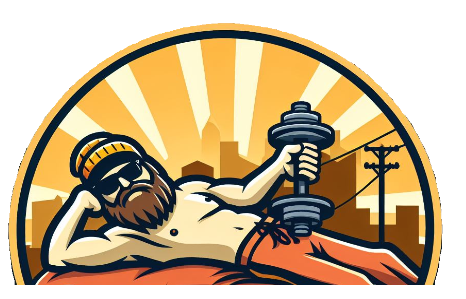




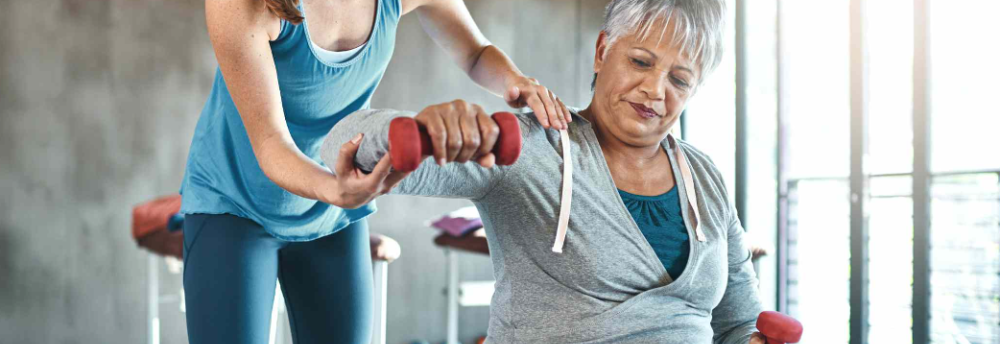

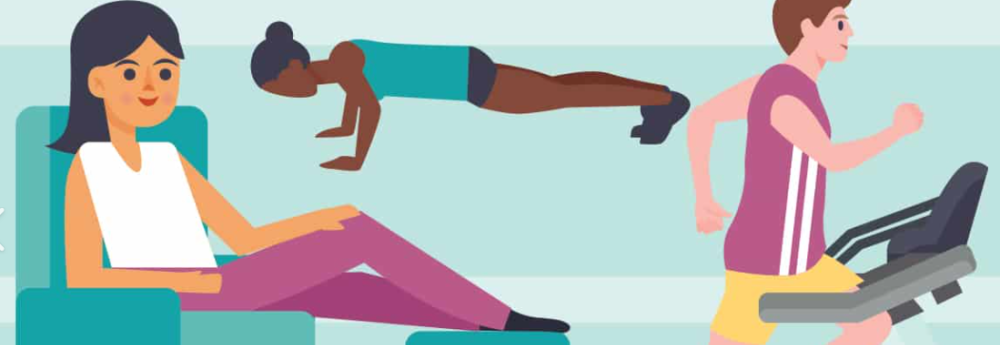 Rest days are as crucial to your fitness journey as the workout days themselves. Contrary to popular belief, progress happens during the recovery phase when your muscles repair and rebuild.
Rest days are as crucial to your fitness journey as the workout days themselves. Contrary to popular belief, progress happens during the recovery phase when your muscles repair and rebuild.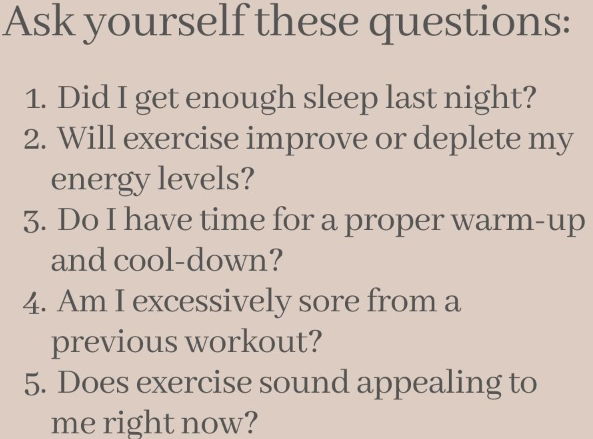 Staying Motivated and Consistent:
Staying Motivated and Consistent: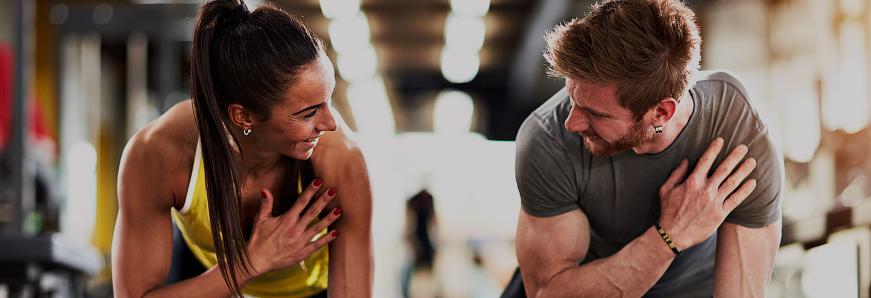
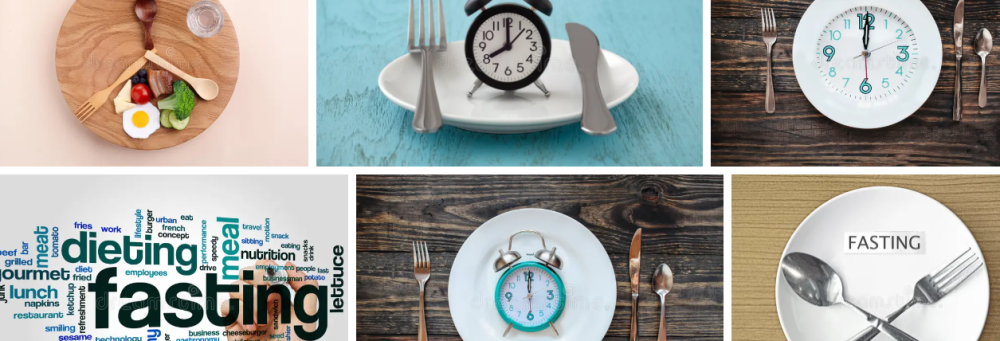

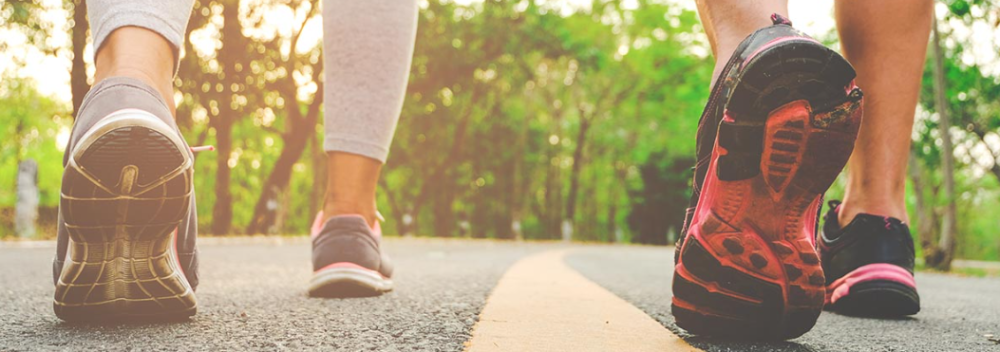
 Using a smartphone pedometer can be a simple and efficient way to accurately track your movements, providing you with real-time data on your physical activity.
Using a smartphone pedometer can be a simple and efficient way to accurately track your movements, providing you with real-time data on your physical activity.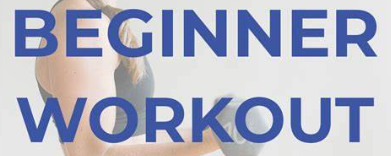
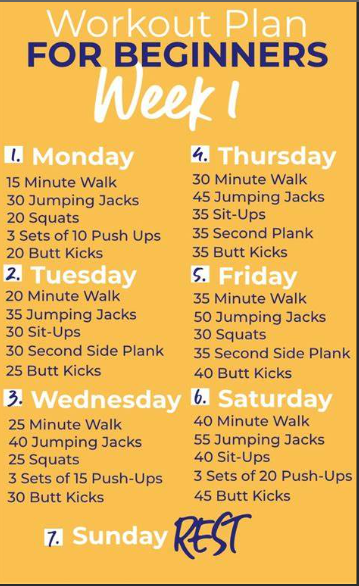 Workout Plan Number2
Workout Plan Number2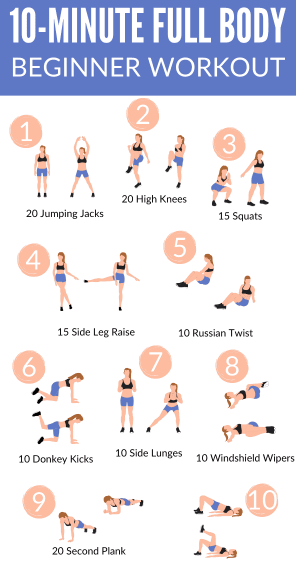 Design Your Own Workout Plan.
Design Your Own Workout Plan.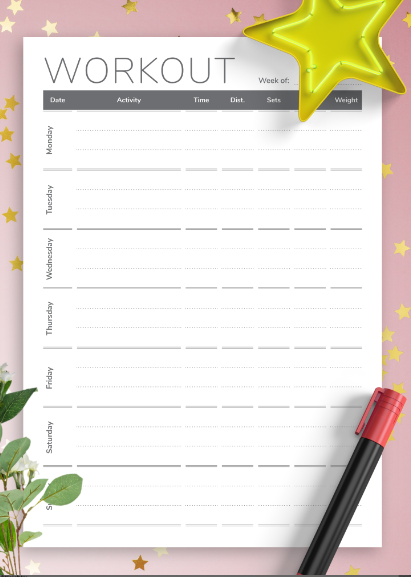


 The landscape of fitness is continually evolving, and at the forefront of this revolution is wearable technology. From tracking steps to monitoring heart rates, wearable devices offer real-time insights into one’s health and exercise regimen.
The landscape of fitness is continually evolving, and at the forefront of this revolution is wearable technology. From tracking steps to monitoring heart rates, wearable devices offer real-time insights into one’s health and exercise regimen.